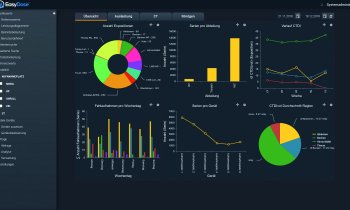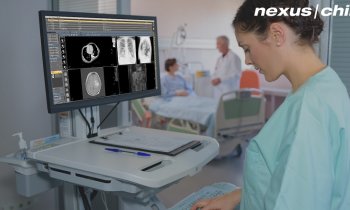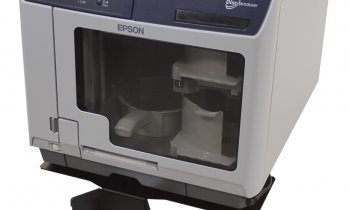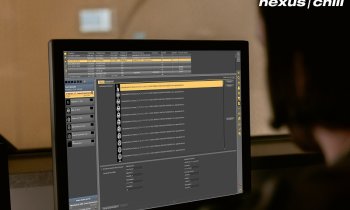Sponsored • Testing Colours
Dome - Displays benefit from auto-calibration
The standard Digital Imaging and Communications in Medicine (DICOM) enables the integration of scanners, servers, workstations, printers and network hardware from multiple manufacturers into a picture archiving and communication system (PACS). It can also sort out when, where and how to calibrate a display. DICOM recommends regular calibration, in the centre of the display with a 10% target and 20% grey surround, using a calibrated photometer.
For auto-calibration the aim was not to compromise
When Dome (a brand of the medical visualisation technologies firm NDS Surgical Imaging) introduced the first medical imaging panel displays the company knew that auto-calibration was a key feature that would dramatically improve display quality and reliability. In 2001, Dome introduced the first auto-calibrating, liquid-crystal display system. DICOM calibration required a photometer to measure and characterise the display’s behaviour. ‘This is the first and most critical step in the calibration process,’ Dome explains.
‘To perform auto-calibration, we knew we would have to compromise when, where or how this characterisation was done. We believed that where and how must not be compromised, because that directly affected the display characterisation. Instead, we compromised on when."
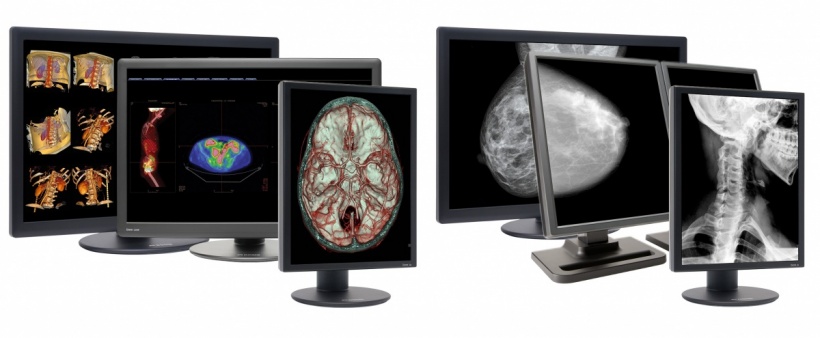
Utmost accuracy in display characterisation
‘Dome uses true DICOM test targets and takes measurements over the full dynamic range with a highprecision, instrumentation photometer,’ the manufacturer reports. ‘This provides the most accurate characterisation of the display possible. The characterisation data is then permanently stored in the panel and is always available to be read back and used to perform an instant calibration at any time.’
Other vendors, the firm point out, ‘choose to compromise where and how the display is characterised, using a tiny front sensor instead of a calibrated photometer and measuring at the very edge of the display, rather than the centre. Due to bezel crimping and backlight nonuniformity, the edge of the panel is a poor substitute for centre measurements. Using a low-precision sensor to take measurements also yields much poorer results. ‘Not surprisingly, front sensor calibration is less accurate and more volatile, but it’s hard to know this if the same front sensor is also used for QA and for the conformance testing as well."
Promising long-term reliability
‘For our system to work,’ Dome explains, ‘the display behaviour must be stable over time, and it is. Over a decade of research and experience has demonstrated this. A 10-year-old Dome display is still as perfectly calibrated as it was the day it left the factory. The huge advantage of this approach is that the display will always be DICOM calibrated. Dome adds that it encourages users to measure for themselves. ‘If you compare the conformance of a Dome display to any other display on the market, we are content that you’ll see our superior calibration. In fact, if you do a full 256-step conformance test, you’ll not only see our extraordinary calibration, but you can witness the volatility of front sensor based approaches.’
Details: www.ndssi.com
06.03.2015







